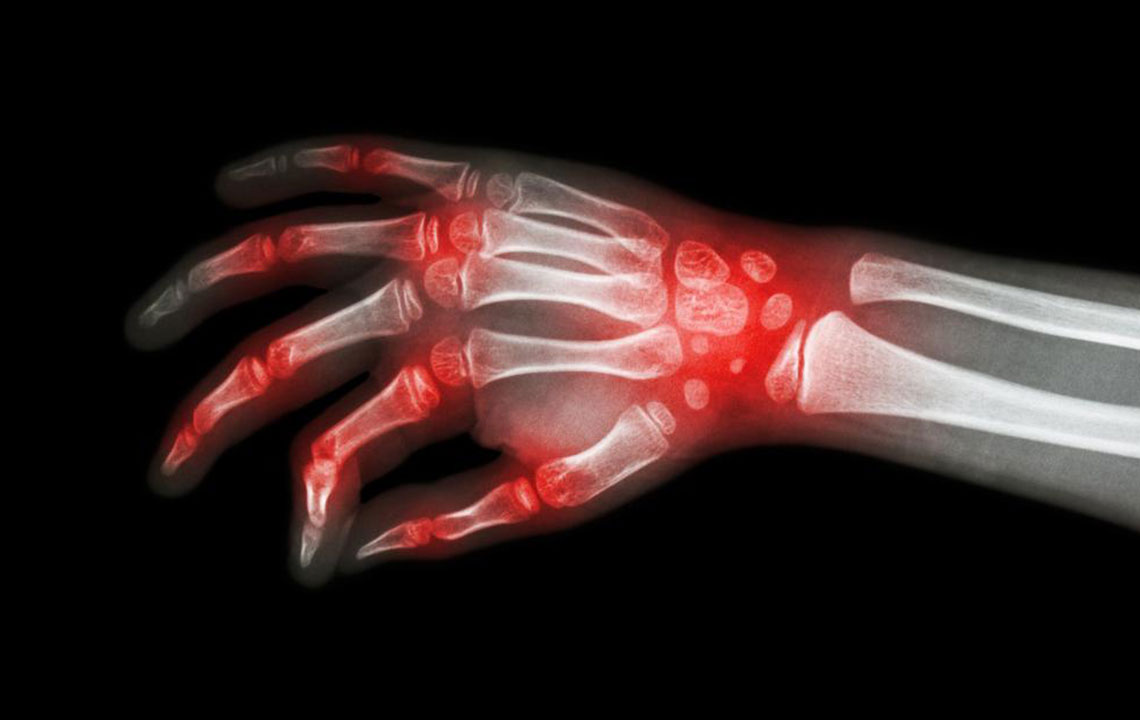Understanding the Similarities Between Rheumatoid Arthritis and Lupus
This article explores the similarities between rheumatoid arthritis and lupus, focusing on shared symptoms like joint pain, fatigue, and their impact on long-term health. It emphasizes the importance of accurate diagnosis and proper management to prevent serious complications from these autoimmune diseases.

Understanding the Similarities Between Rheumatoid Arthritis and Lupus
Rheumatoid arthritis and lupus are both autoimmune diseases that are frequently mistaken for each other. These conditions involve the immune system attacking healthy tissues, leading to inflammation, swelling, and discomfort. While they share some common triggers, there isn’t a single cause behind either disorder. Both diseases often affect women more than men and can present with overlapping symptoms, which complicates diagnosis.
Commonalities Between Rheumatoid Arthritis and Lupus
In advanced stages, rheumatoid arthritis may cause joint deformities and bone erosion, which are less common in lupus. Due to the similarities, accurate diagnosis is crucial for effective treatment. Both conditions require long-term management to prevent serious complications. Without proper care, lupus can damage vital organs like the heart and kidneys, while rheumatoid arthritis can damage joints permanently.
Important Notice:
The information provided here is intended for educational purposes only. It should not replace professional medical advice. Always consult a healthcare provider for diagnosis and treatment options.










